In the dynamic realm of athleticism, the pursuit of “explosive power” stands out as the key to superior performance. Movements such as fast sprints, and high jumps are all made from explosive power; however, being explosive is not simply about having high strength or big muscles. Contrary to the common belief that bulking automatically translates to increased strength or power, the concept of explosive power is more intricate. Furthermore, the muscular growth or bulk, which many athletes seem to be aiming for when weight training, can even be an impediment. Understanding the distinctions between muscle mass, strength, and power will lead to real growth in athletic ability, enabling explosive sprints, high jumps, and power throws. This article aims to provide a better understanding of training for sports by debunking common myths and offering efficient training strategies.
Muscle Mass: Limit behind Aesthetics
Athletes often aim to bulk as they train for sports. While this can be beneficial in getting an aesthetic physique, it does not correlate with better performance in sports. Hypertrophy training – focused on gaining muscle mass through moderate weights and high volume (which is the product of weights, reps, and sets) – may yield an aesthetically impressive physique but is not optimal for improved athletic performance.
What is hypertrophy training?
Training for muscular growth uses moderate weights and 8-12 reps with a focus on high volume (which is the product of weights, reps, and sets), aiming at gaining muscle mass and focusing on stimuus to target muscles and pumps to muscle cells and fascia. As the purpose of this training is simply to make muscles bigger, it is never designed for the function of muscles, and is not even optimal for strength.
Limits of hypertrophy: why it is not optimal for strength
It is commonly believed that having bigger muscles makes one stronger. This is true since gaining muscle does come from lifting heavy weights; however, lifting only for hypertrophy has a limit on increment of strength.


Developing strength is fundamentally about adapting to heavier weights. As the body continually confronts the challenge of heavy weights, it adapts to the load and strengthens.
However, hypertrophy is not necessarily about adapting to heavier weights. Although it utilizes some progression in strength for muscle growth, it has limits on challenging weights as it generally uses moderate weights (typically 55-75% of max weights) for lifting. In addition, hypertrophy is more about stimulating the muscle to increase in size, and is distinct from gaining strength.

Limits of hypertrophy: why it is not good for the function
When looking at people training for hypertrophy, they lift quite slowly, feeling all the weights with their muscles. This is because stimulating muscle for a long time gives a better blood pump to muscle with better overall stimulation.
However, when you lift weights primarily to feel the stimulus and blood pump, the speed of muscles also gets slower.
This, indeed, is very different from what athletes aim for.
Training primarily for muscular pumps can result in tight muscles due to the muscle becoming used to increase blood concentration. This tightness is advantageous for those seeking muscle growth (hypertrophy), as easily pumped muscles facilitate the hypertrophic process by contributing to nutrient delivery and metabolic processes. However, it is hardly an ideal muscular quality for athletes and is rather undesirable. Engaging muscular pumps is a good way to stimulate the metabolic stress of muscles to promote muscular growth. However, when muscles get pumped, they get fatigued. If this way of training continues, the muscles will become accustomed to being pumped, ultimately leading to lower muscle endurance. If a basketball player can’t run across the court to get the rebound because their legs get pumped and fatigued easily, it would be truly disastrous.
However, this only occurs to individuals who have already trained for hypertrophy for an extended period. In general, for athletes who are not professionally skilled or relatively new to lifting weights, decreased athleticism due to hypertrophy-focused training won’t be a concern. Conversely, if an athlete has gained some muscle through general hypertrophy training at the beginner level, it would likely have increased strength and function. Generally, for beginner lifters, hard training is much more crucial than method. Nonetheless, there are more efficient ways to develop athleticism and enhance performance. Therefore, understanding the essence of training to optimize exercise, in addition to hard work, will yield significant results.
Strength Training: Developing Strength
When looking to develop athletic explosiveness, basic strength is crucial. However, as mentioned before, the biggest misconception while training seems to be the idea that bigger muscles can produce greater strength. While this is true, in some sense, bigger muscles are not necessarily stronger.
Strength training, distinct from hypertrophy, is a method of weight training that aims to increase strength. It uses the adaptation for weight to gain strength, so it generally requires lifting heavy weight with 1-6 reps, 80-95% of max weight. This will awaken the muscle nerve system and increase the number of myofibrils, especially the fast-twitch muscle fibers to make muscles generate greater strength. Since it is based on lifting heavy weights with low reps, strength training has a relatively small volume. It utilizes compound lifts using coordination to lift as much as possible, rather than focusing on muscle stimulus, to foster raw strength. Because of this characteristic of strength training distinct from hypertrophy-focused training, it will not be easy to get a physique with lots of muscle through strength training. Nonetheless, it will surely increase your strength to a high degree.
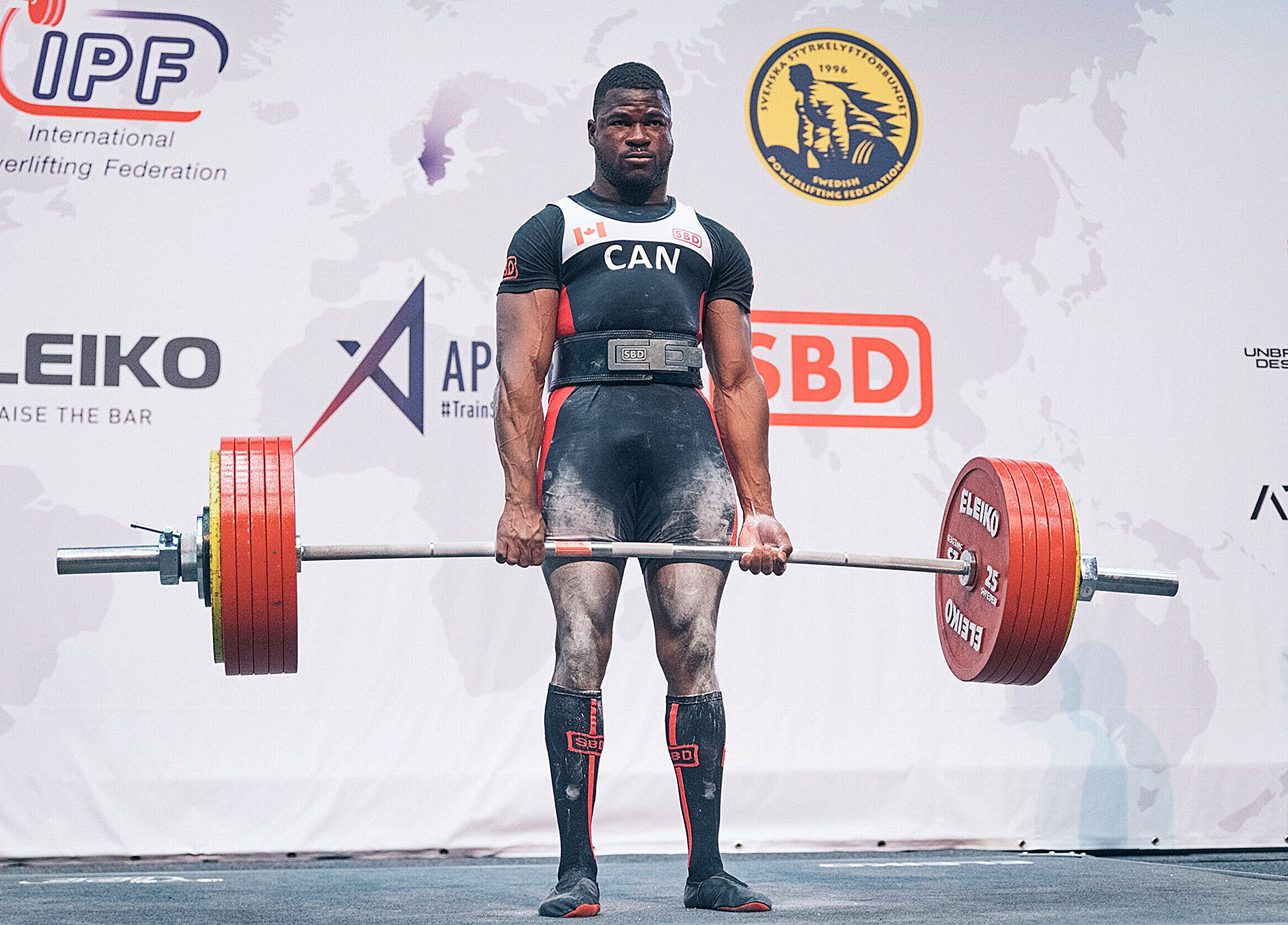
Strength training: how to perform
As the aim of the training is to increase the weights lifted, it utilizes the four major compound lifts—Military Press, Bench Press, Squat, and Deadlift— that can incorporate the biggest weights with the longest range of motion to increase strength, along with some auxiliary exercises to complement the training regimen. Generally, at the beginner level, strength training programs are designed to consistently increase the weight as the training session progresses, fostering adaptation to heavier weights. Lifters who have advanced beyond the beginner level, typically achieving a Squat, Bench Press, and Deadlift total of 800-900 pounds, depending on the individual, may need to employ alternative methods such as undulating periodization, which alters loads of weights in wave patterns, to continue strength development.
However, these methods are meant to increase general strength, so those who want to get strength optimized for certain sports can engage in various exercises that target similar muscle groups or motions to certain sports. Sprinters, for example, can add exercises like Split Squat that have a similar motion to sprinting to develop posterior leg muscles for sprinting.
For strength training, there are many pre-made programs available. Some of the most popular programs for people new to lifting are Greyskull LP, Starting Strength, and Stronglift 5×5. Beginner lifters, especially, can experience rapid strength gains by following these programs.
Although decent fundamental strength is important for athleticism, strength alone is not enough. For greater athletic performance, you need to go beyond.
Explosiveness: The Essence of Athleticism
If the fundamental strength has been made, now what is needed for better athleticism is an ability to generate that strength in a short period.
Explosiveness, often used for explosively generated power, is defined by the Rate of Force Development (RFD). RFD is the force generated divided by time, often used as a technical concept for explosiveness, and it is the true cornerstone of athleticism.
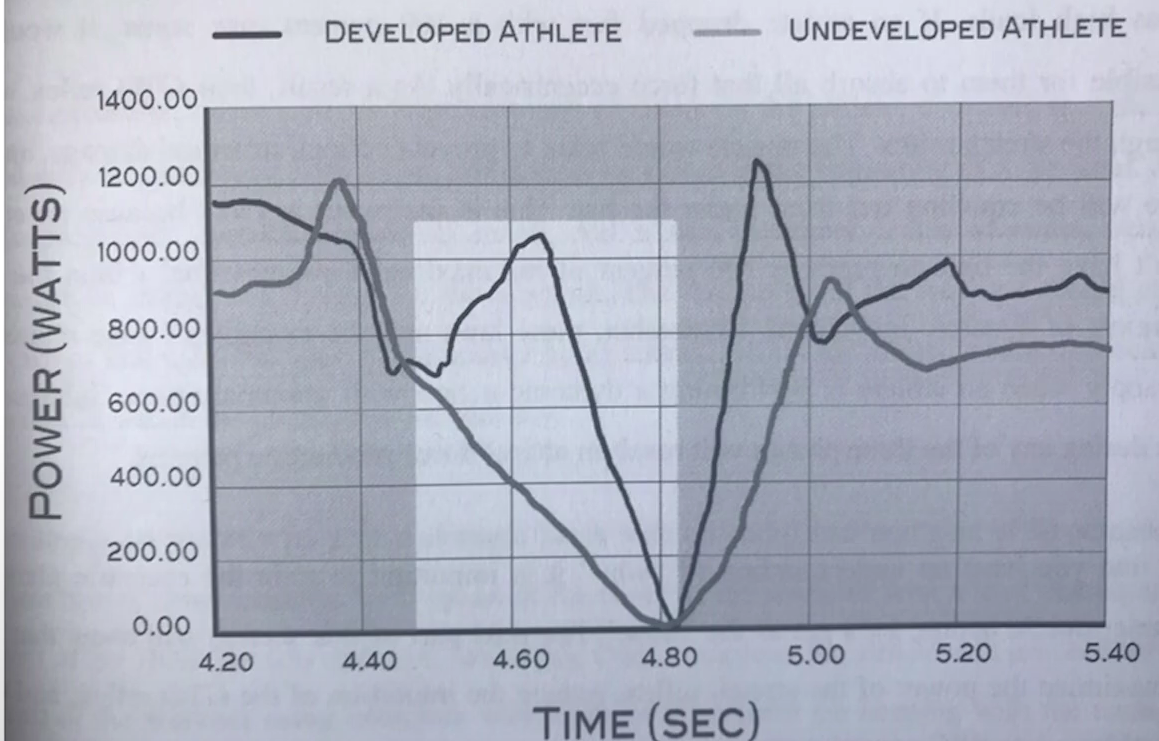
Although different athletes can have similar strengths, what makes a certain athlete great is an ability to generate greater power (strength times speed).
Isn’t it the 4.5-second 40-yard sprint, the 12-foot broad jump, the 40-inch vertical jump, agile acceleration, and powerful throwing that captivate people when observing elite athletes? Training for better explosiveness can lead to basketball players executing spectacular dunks, track athletes sprinting 100 meters in 11 seconds, and baseball players hitting frequent home runs
Thus, for individuals aiming for enhanced athletic performance, the key lies in training for Rapid Force Development (RFD). Yet, the concept of explosiveness is more complex than straightforward strength or muscle growth, and training for explosive power demands more than just lifting weights.
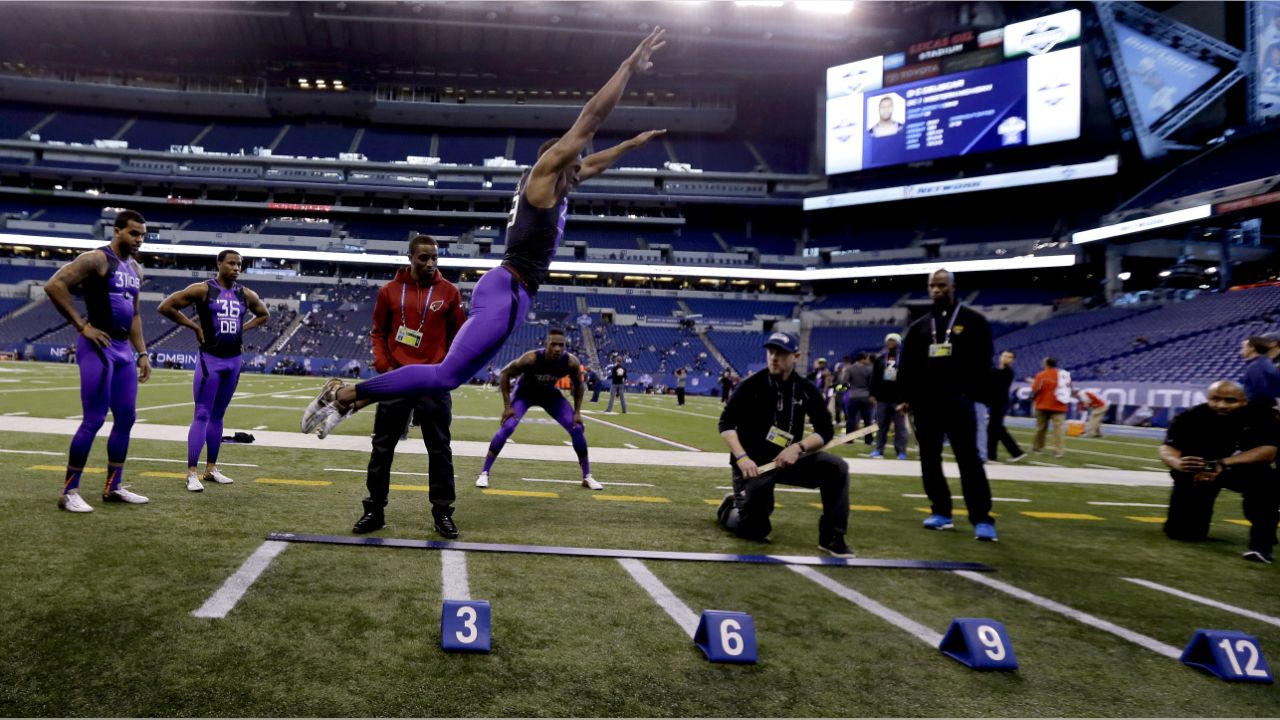

Explosiveness: how to train
As explosiveness is about generating force in a fast time, in some sense, simply moving weight fast can improve explosiveness. However, simply moving weights fast is not enough because the weights need to stop at some point, and would have to decelerate. As athletic performance related to RFD is about releasing certain weights fast, it should be about ‘releasing’ weight, rather than simply moving fast.
Olympic Weightlifting is renowned as one of the most effective methods of improving explosiveness. Exercises like the Clean and Snatch involve propelling a barbell upward, which generates rapid and powerful extension of the glutes during the execution. This will enhance explosiveness for the hips, a crucial element for movements like jumping and sprinting, as the hips are the engine of our body. Many top-tier athletes, including Olympic sprinters and NFL players, incorporate these liftings into their training regimen to boost explosiveness.
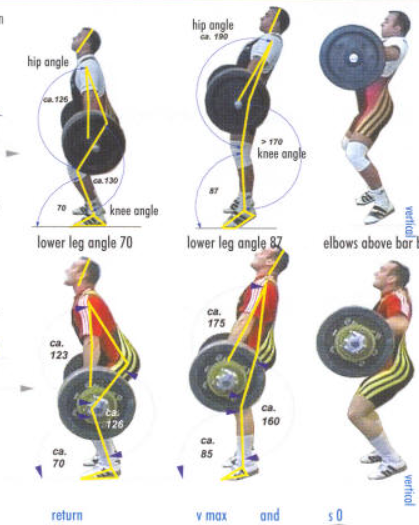
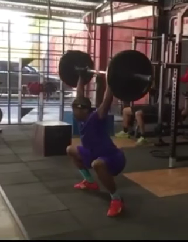
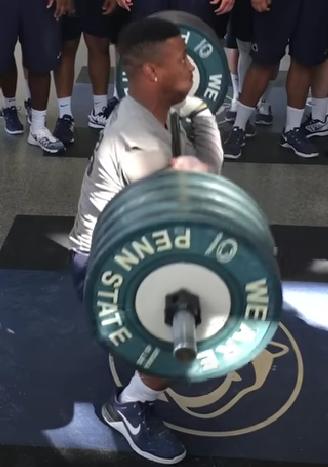
In essence, if Rapid Force Development (RFD) pertains to training for rapid weight release, multiple training approaches can be implemented including plyometric, ballistic training, and oscilitary training, in addition to Olympic Weightlifting. These methods aim to train the speed of force generated when releasing, and the efficiency of converting load energy to release.
Training for explosive power is more complicated than strength or muscle growth lifts, although some of them might appear as simple movements.
For instance, plyometric training can often look like simple jumping. However, to achieve genuine improvement by giving proper stress on the body, especially without injury, it has to be done with a proper understanding of the movement dynamic. As plyometric is about the complicated interaction between muscle, tendon, and ligament with constant shock, various factors like basic strength, and fusion of growth plates have to be considered before performing. In addition, while performing training, it has to be executed with the right form engaging proper muscles for certain movements, and protecting knees. The intensity of training is also important since excessive training can harm the body. The current guide for plyometrics suggests that it should not be performed more than three days a week, and no more than 200 foot contacts per training session.
Understanding essence: growth beyond the limit
Physical training is a vital component for athletes to cultivate a body optimized for sports performance. However, the training regimen for athletic prowess extends beyond the commonly known strength or muscle-building exercises. It requires a multifaceted approach with an extensive range of exercises and a comprehensive understanding of the body. Nonetheless, understanding the essence of such training and tailoring it with precision toward specific objects can yield tremendous results. As humans have their innate plasticity and easily adapt to stress, consistent proper stimulation for the desired adaptation (ability) can result in the achievement of great ability without difficulty. Applying proper stress through heavy weight enhances bodily strength, and the stress on muscle length improves flexibility. However, stretching will hardly improve strength, and hypertrophy will not necessarily make one stronger. Beyond mere hard work, training based on the right understanding of the desired skill and its essence–and knowing how to train for it– will make you achieve the goal and let you go beyond the limit of simple hard work.







Eduardo Polón • Jan 3, 2024 at 2:56 pm
This is a remarkably well written article! For such a complex topic, I am truly impressed with the depth of research (largely scientific at that) and meticulous distinction and specificity of articulation from point to point!